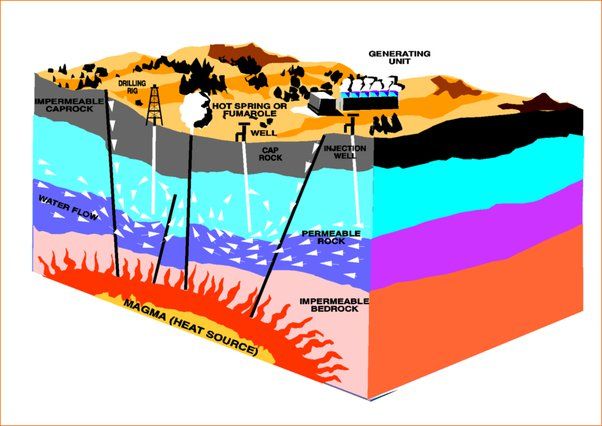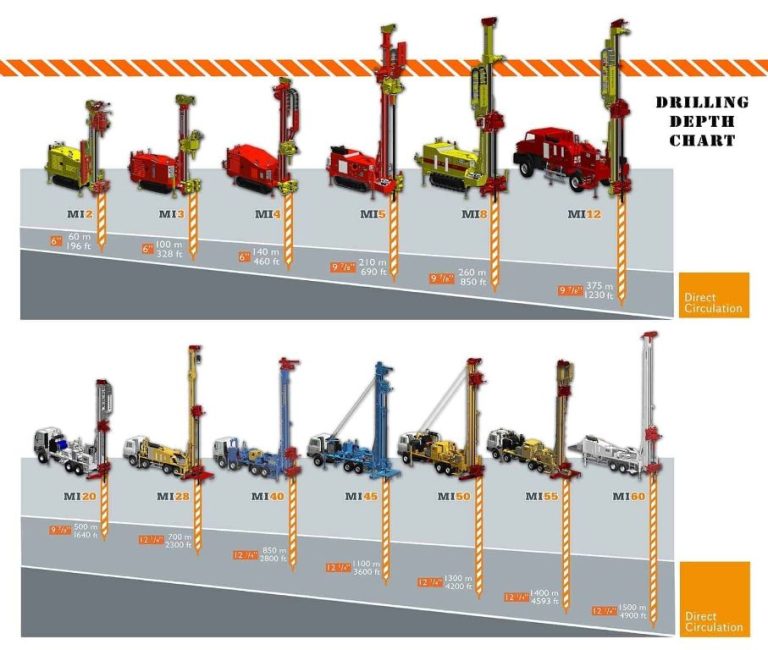Is Lm Part Of Ge?
General Electric (GE) was founded in 1892 through a merger between the Edison General Electric Company and the Thomson-Houston Electric Company. Over the next century, GE grew to become one of the largest and most diversified multinational conglomerates in the world. The company started out focused on electrical infrastructure before expanding into home appliances, healthcare, aviation, power generation, and more.
As GE expanded, it acquired and created numerous businesses and subsidiaries. One of those was Lockheed Martin Aeronautics Company, which GE purchased in 1993. This purchase formed the basis of the eventual spin-off of Lockheed Martin as an independent company in 1996.
GE’s Businesses Over the Years
General Electric (GE) was founded in 1892 by Thomas Edison, Charles A. Coffin and several others as a merger between Edison General Electric Company and Thomson-Houston Electric Company. Over its long history, GE has been involved in a wide range of industries and businesses.
In the early 1900s, GE was primarily focused on electric utilities and helped build America’s electrical infrastructure. They were pioneers in power generation, motors, appliances and lighting (GE Founder, History & Company Timeline).
By the 1950s and 60s, GE had expanded into many other industries including healthcare, aircraft engines, finance, broadcasting and more. Some of their major business units included GE Appliances, GE Aviation, GE Capital, GE Healthcare and GE Power (The Rise and Fall of General Electric (GE)).
Over time, GE acquired and divested various business units as its focus shifted. At its peak, GE was composed of over 20 major divisions. However, constant restructuring and refocusing of the business has led GE to sell off many business units over the past couple decades.
The Creation of LM
LM was formed in 1970 as a division of GE initially focused on aeroderivative gas turbines, a type of turbine based on aircraft jet engines. GE saw an opportunity in the growing power generation market and wanted to leverage its aviation technology and engineering experience to enter this new market. The “LM” in the name stood for “Large Machine” reflecting the scale of power plants compared to jet engines.
According to the GE website, GE’s history, the first LM gas turbine was installed at a Texas utility in 1971. Throughout the 1970s, LM expanded its gas turbine offerings and gained increasing adoption in power plants around the world. By 1978, LM reached $1 billion in revenue, establishing itself as a substantial new business for GE.
LM’s initial focus on aeroderivative gas turbines gave it differentiated technology compared to competitors. LM leveraged GE’s expertise in jet propulsion to develop powerful and efficient gas turbines for electricity generation. This history continues to shape LM’s technology today.
LM as an Independent Company
LM Funding America Inc. (LMFA) was spun off from GE Capital in 2015 to become an independent public company. GE Capital undergoing restructuring after the 2008 financial crisis and wanted to focus more on its core industrial businesses. As part of this, GE Capital spun off many of its commercial lending and leasing assets into separate entities like LMFA.
LMFA completed its initial public offering in April 2015, issuing over 5 million shares at $5 per share. This raised over $25 million for the new independent company. The IPO allowed LMFA to have its own stock listing and capital base separate from GE as it embarked on its mission to provide specialty finance products to small and medium-sized businesses. While no longer owned by GE, LMFA continued to partner with GE on various financing programs after the spinoff.
LM After Separation from GE
In 2017, GE completed the acquisition of LM Wind Power, a leading manufacturer of rotor blades for wind turbines, for $1.65 billion (GE Completes Acquisition of LM Wind Power | GE News). This brought LM Wind Power into GE’s Renewable Energy business segment.
However, the integration was short-lived. Only a couple years later in 2019, GE announced plans to sell LM Wind Power to UK-based investment firm Littlejohn & Co as part of a divestment of GE’s renewable energy assets (LM Wind Power – Expanding wind portfolio).
After becoming independent again, LM Wind Power has continued to focus on designing and manufacturing wind turbine blades with advanced technology. The company operates factories in countries around the world and continues to invest in blade technology research and development. LM Wind Power aims to maintain its position as one of the largest suppliers of rotor blades globally.
Current Relationship Between GE and LM
While LM Wind Power now operates as an independent company, there are still connections between LM and its former parent company GE. According to GE’s press release, LM Wind Power continues to provide wind turbine blades to GE Renewable Energy. The two companies maintain a supplier-customer relationship, with LM supplying blades for both GE’s onshore and offshore wind turbines.
In the gas turbine business, GE and LM also continue to work together. As stated on GE’s website, GE has an ongoing relationship with LM to install LM2500 gas turbines around the world. The partnership enables GE to utilize LM’s technology in power generation projects globally.
While no longer united under one corporate umbrella, the two companies continue to maintain close business ties and partnerships, with LM providing key components and technology to GE’s renewable energy and gas turbine businesses.
Financial Ties
GE acquired LM Wind Power in 2017 for $1.65 billion, making it a wholly owned subsidiary (GE Completes Acquisition of LM Wind Power). This gave GE full ownership and control over LM Wind Power’s finances and operations.
As a subsidiary, LM Wind Power’s financials are fully consolidated into GE’s Renewable Energy division. Its revenue, expenses, profits and losses all accrue to GE (General Electric acquires LM Wind Power for $1.65bn).
While LM Wind Power operates independently in terms of management and production, its finances are tied to GE through this full ownership structure.
Partnerships Between GE and LM
GE and LM Wind Power have had a long history of successful collaboration and partnership. In 2017, GE acquired LM Wind Power, a leading manufacturer of rotor blades for wind turbines, for $1.65 billion (1). This acquisition expanded GE’s portfolio in the renewable energy sector. According to GE, the partnership between the two companies had already yielded many innovations and commercial successes prior to the acquisition (2).
Even after the acquisition, LM Wind Power continued to operate as an independent organization within GE Renewable Energy. The two companies continued partnering on developing new solutions and products for the wind power industry. For example, in 2021 they opened a new factory in Cherbourg, France to manufacture the 107-meter blade, which was the largest offshore wind turbine blade in the world at that time (1).
Overall, the partnership between GE and LM Wind Power, whether as a standalone company or as part of GE, has been focused on driving innovation in wind turbine technology and providing customers with leading solutions.
Cultural Ties
LM Wind Power and GE Renewable Energy still share cultural ties even though they are independent companies today. This is largely due to their history as part of the same parent company GE for many years. Many employees at both companies started their careers at GE and still share connections through that shared history.
For example, an article on the GE website highlights how LM Wind Power’s factory in India embraces GE’s culture of inclusion that was instilled during the time when LM was still part of GE. Additionally, there are likely many alumni connections between former colleagues who worked together under GE across the two companies.
Even though LM Wind Power operates independently today, its longtime history as part of the GE family means it likely still shares some cultural DNA with GE Renewable Energy, its former sister company under their parent GE.
Conclusion
In summary, the relationship between GE and LM is quite complex. While LM was originally created by GE as an IT services division, it has operated as an independent public company since its IPO in 2019. LM no longer has any direct financial ties or ownership links with GE.
However, the two companies still maintain close partnerships, with GE being a major customer of LM’s services. There are also enduring cultural links, as LM’s founding came out of GE’s business. So while legally separate, the two companies still have strong connections in some areas. But it is important to recognize LM as its own distinct entity that operates independently from GE overall.






